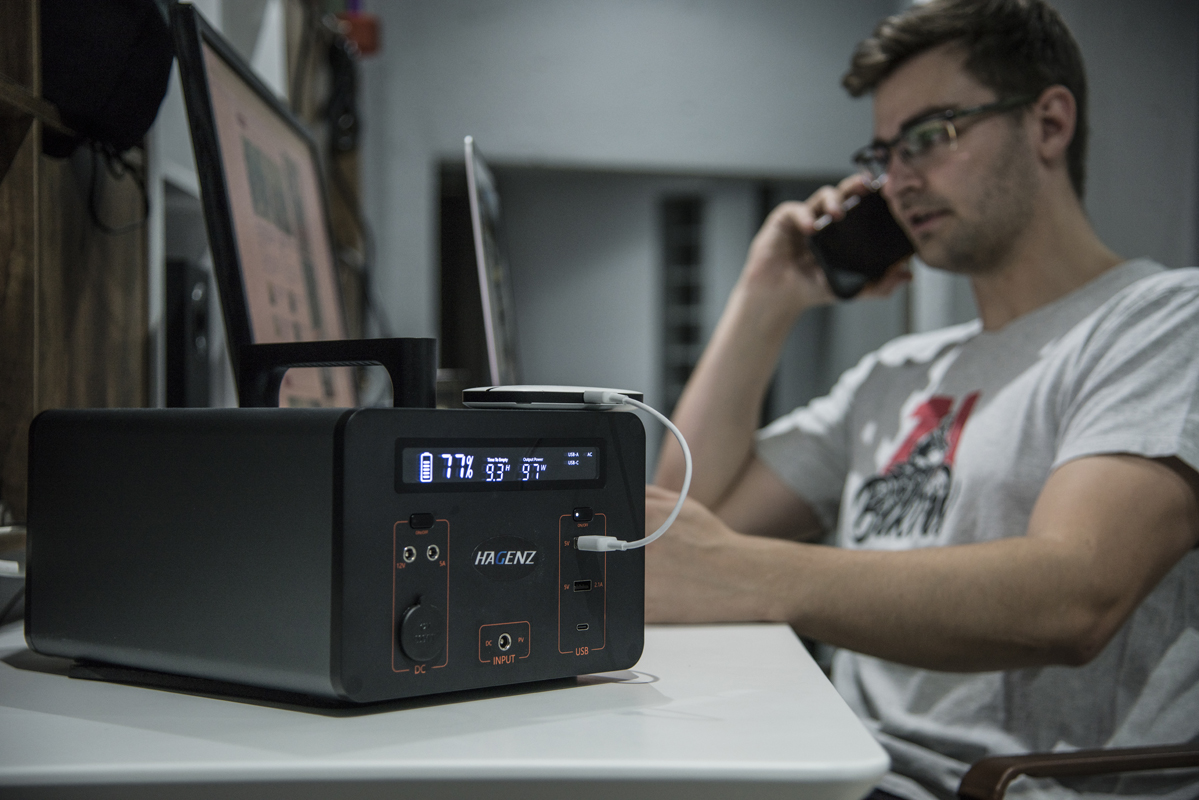
By now most of you will know of the importers called SAM (Southern African Motorcycles), the team that has stirred the South African commercial market with brands like Big Boy, Jonway, Voge and Gomoto. What many people don’t know, is that SAM bring in a host of non-motorcycle-related products too and one of these products is the Hagenz portable power station.
SAM’s philosophy when it comes to business, is all about bringing in a product that the end user really needs, not wants, but needs! With Hagenz we are looking at a product with massive market potential in SA, not just for powering entertainment at home or powering up the wifi and kettle on a camping holiday, but to help those who would like to work remotely and keep their Starbucks coffee intake at a low.
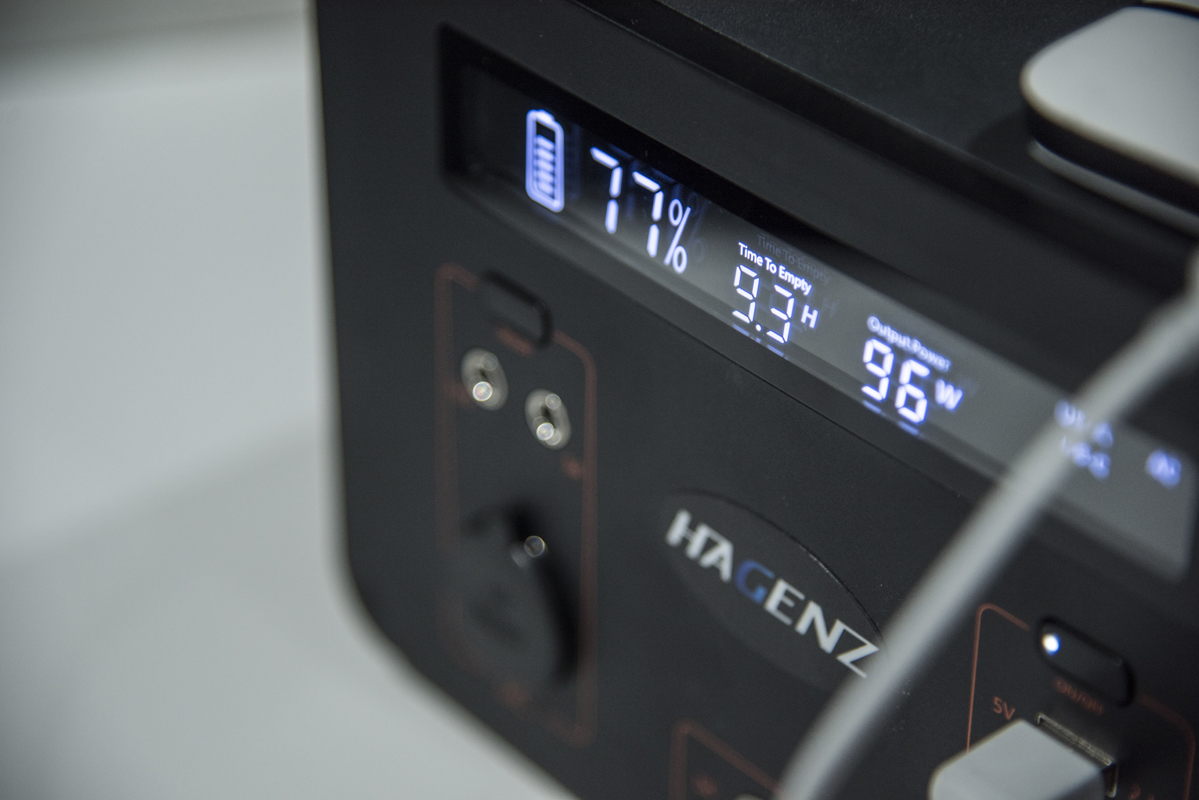
The last case mentioned above is the exact reason why the Hagenz 1000 portable power station (PPS) is my perfect match. Like many other office-bound employees, I was given the opportunity to work from home, but with this came many obstacles, like broken internet connections and the lack of money to set up a good backup system. After spending months commuting to the solar power office in JHB and working remotely at coffee shops, the monthly costs started to rise in an unsustainable fashion.
So, with loads of research and a plan to get out of the electricity race, the business bought a portable power station from SAM…
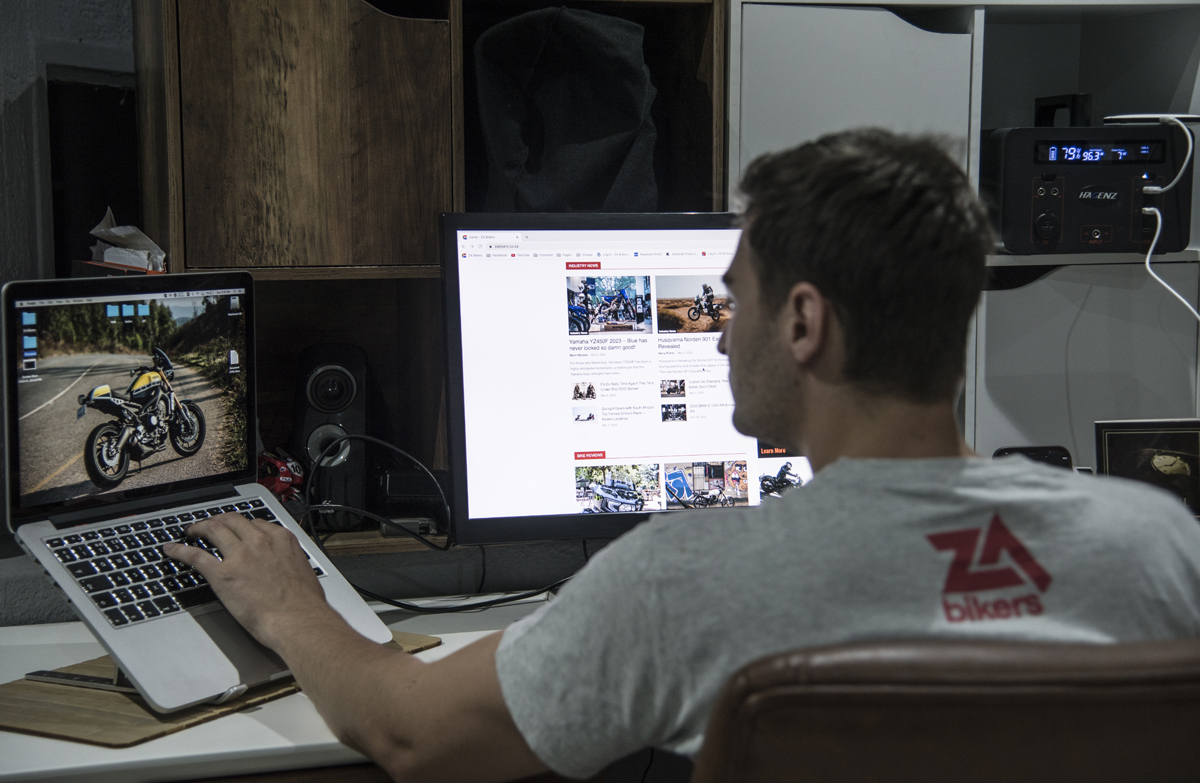
First of all, what is a portable power station? In layman’s terms, it’s a rechargeable battery that provides off-grid electricity. Haha, this dude is trying to sell me a battery, you say. Well, it’s a bit more complex than you think. For instance, they’ve got more in common with a power bank than a battery, but are much larger in size, have a higher output power, and have AC outlets that can power anything from office to home appliances.
Just by taking a deeper read of the Hagenz PPS, I certainly noticed that there are a number of components and technologies that send stored energy safely and efficiently to appliances, which a normal battery just couldn’t do. The Hagenz in particular has tech that makes the battery recharge faster, an LCD screen that indicates input, output and time till empty in hours—more expensive ones have apps for remote energy management.
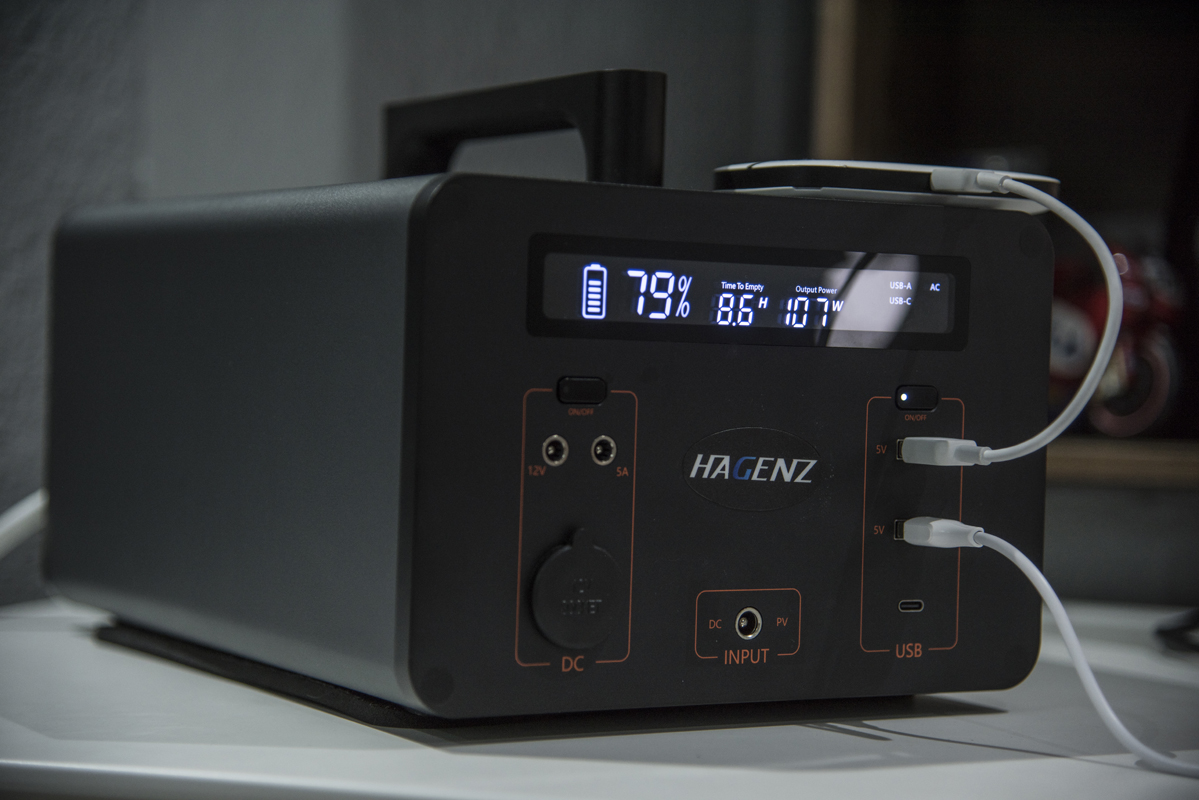
On the front of the Hagenz PPS, we’ve got two USB ports, type-c, car charger, 12V and 5A DC output. These functions are divided into two separate boards with their own on/off switches. On the back of the PPS, we see two three-prong sockets with their own on/off switch. For charging you are really spoiled for choice with a car charger, DC charger, PV charger and you can also charge through type-c. One thing to note is to have a habit, if time allows, to charge the PPS at 50 per cent battery life in order to prolong the PPS’s lifespan of 1200 charges—it usually takes 4.5 hours to charge from 50 per cent to full.
My typical setup consists of all of these devices being connected to the PPS: iPhone, wifi, laptop, monitor and sound bar. With all these devices connected, I average 100W, which works out to 10 hours of battery life and that’s if all these devices were to be connected for the full 10-hour period. Obviously, my laptop and phone wouldn’t need to be connected for so long, which means the battery life on the PPS would go up after charging those devices. Your typical MacBook only needs 30min of charge from 50 per cent battery charge and so too an iPhone, therefore bringing the 100W down to around 38W to run just the wifi, monitor and sound bar.
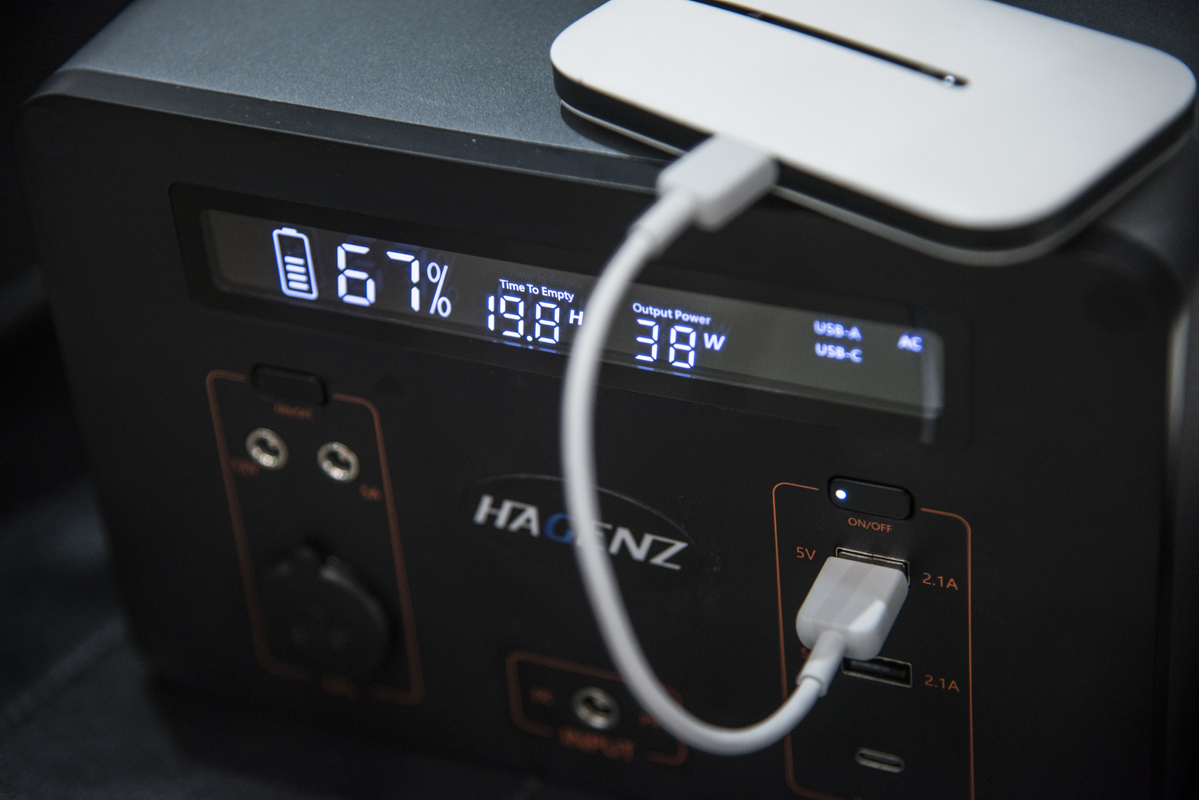
All this electrical talk might sound like gibberish, but it’s the current times we live in, get used to it. What’s interesting to me is with the current stage 3 and 4 load-shedding schedules in my area, I typically have 4 hours out of my 8-hour working day in the dark. After some careful math, my daily average watts work out to 50W a day which means the PPS working at this average over the 4 hours will last me exactly one week. This is very good because these PPS systems have a recharge limit of around 1200 charges, which in my case would only be reached in 11 years if I were to charge it twice a week. Yes, this is near impossible because I’ll end up using it for more than just work, but that just puts things into perspective.
I’ll go one further, just bear with me for a minute. This is painful and embarrassing to say, but for research purposes, it rocks. Last year my accountant (girlfriend) had a look at my monthly expenses and worked out that I was spending R3,200 on coffee and breakfast a month, just in order to charge and connect to wifi during load shedding. This is without adding fuel, so with the Hagenz only costing R13,000, it would have saved me R38,400 last year. Eish!
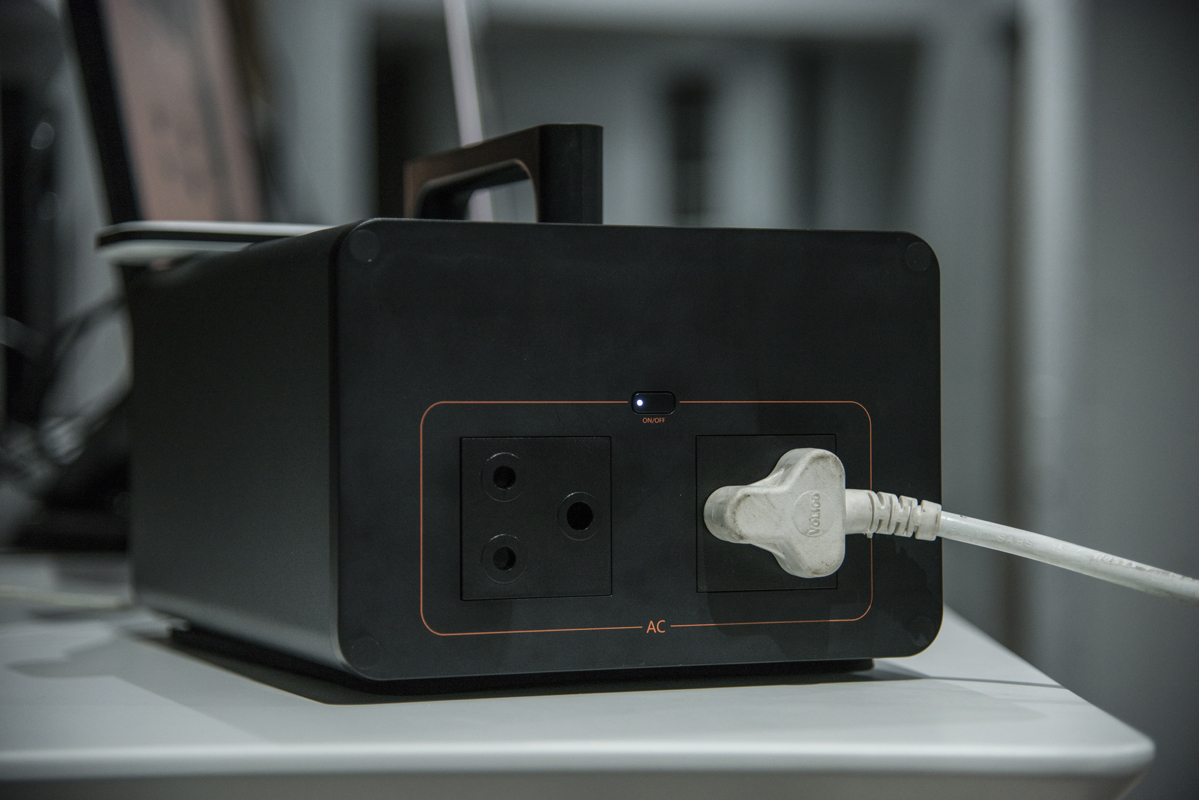
So, if you want my opinion on the Hagenz portable power station, I think it’s a must for those who want to work remotely or from home on a tight budget. Yes, it’s not going to run your house, but it will help you keep all things businesswise sorted. It’s easy to maintain, it’s noiseless and all it requires is a ventilated area to function.
For more information visit: www.takealot.com




